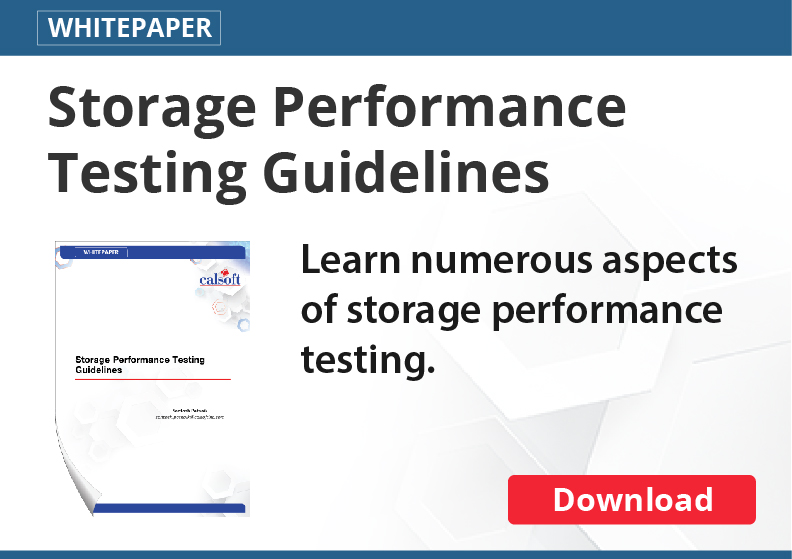MAID stands for Massive Array of Idle Disks, a technology that significantly reduces power consumptions and increases the longevity of disk drives. The core logic behind MAID is to reduce the number of spinning disks to a minimal number by shutting down idle disks. MAID technology is mostly targeted in the systems that deal with write once and read occasionally (WORO) type of applications and is applied for long term retention of data such as backup and archival.
MAID is known to provide benefits of consuming lesser power and cooling, lesser wear, increased storage density, decreased cost, data protection, more reliability and service life and of course all these benefits are with a premium of lower performance (increased latency and significantly lesser throughput).
A little more than a decade ago, MAID came into existence to meet green storage requirements and the technology was much hyped that time. The industry speculated that MAID would replace Tape technology for data backup and archival quite rapidly. However, if one looks at, more than 50 percent datacenters even today are using tape as their primary backup and disaster recovery strategies. And tape takes almost zero energy to preserve the data for a very long time and also is at the lowest cost. This, kind of signifies MAID could not meet the datacenter expectations for which the technology was built upon. Below are some of the most appealing reasons why MAID suffered to fail:
- Frequent powering down and up the disks lead to disk reliability issues for failed LUNs
- Chances of disk failures are much higher when drives are spun up and down frequently.
- Power savings from idle drives are actually eaten up by the additional power required to bring the drives on.
- $/GB never met the expectations set by the industry experts.
- Backup and archival environments using Tape technology have been seen as a long term investments in the industry even today and any new change is likely unwelcome.
- Lack of software tools to identify archival data for MAID appropriately that means there is lack of intelligence to determine where data resides i.e., spinning or idle disks.
- Applications must be MAID aware.
- Moreover there are much FUD (Fear, Uncertainty and Doubt) around MAID storage adoption.
Vendors with MAID technology storage products include Nexan Technologies, COPAN systems, EMC, Fujitsu, HDS, NEC.
Technology is rapidly changing in recent times and data store and access semantics have been improving further. Today many storage vendors offer automated storage tiering that can push infrequently accessed data to fat SATA devices, parking disk heads, slowing down disk spin speeds and putting drives down in sleep mode, etc., in different RAID storage offerings. As the technology matures, there is going to be absolutely no need to spin down disks so as to get the desired benefits of MAID in RAID type storage appliances.
To know more email: marketing@calsoftinc.com
Santosh Patnaik | Calsoft Inc.
Calsoft Storage Expertise
Leveraging years of experience with Storage platforms, ecosystems, operating systems and file systems, Calsoft stands as pioneer in providing storage product R&D services to ISVs. Our service offerings enable storage ISVs/ vendors to quickly develop next generation storage solutions that can perform and cut across enterprise IT needs.
Looking to reduce power consumption and increase the longevity of disk drives with MAID storage?







